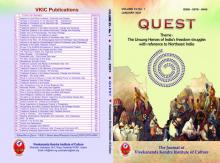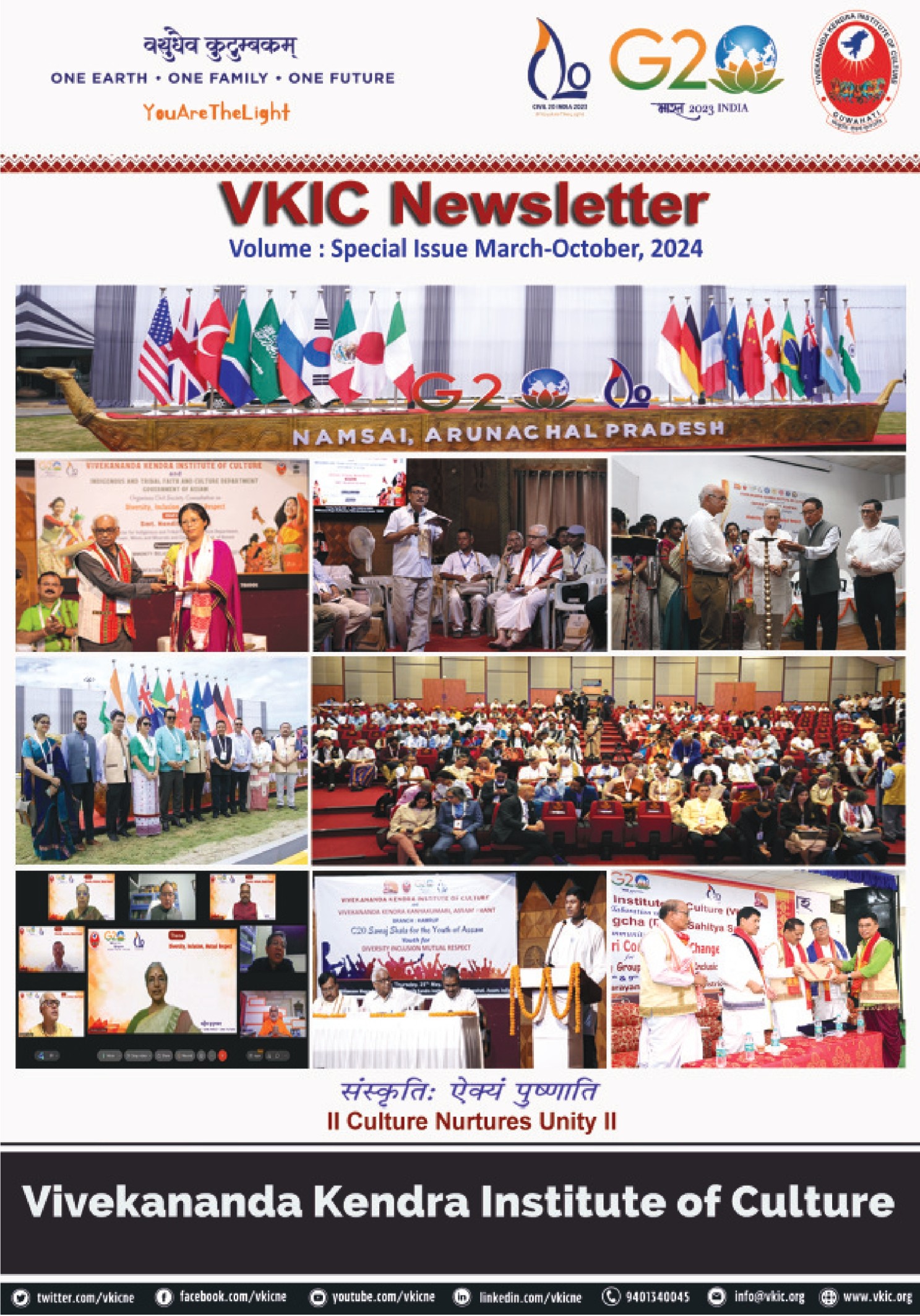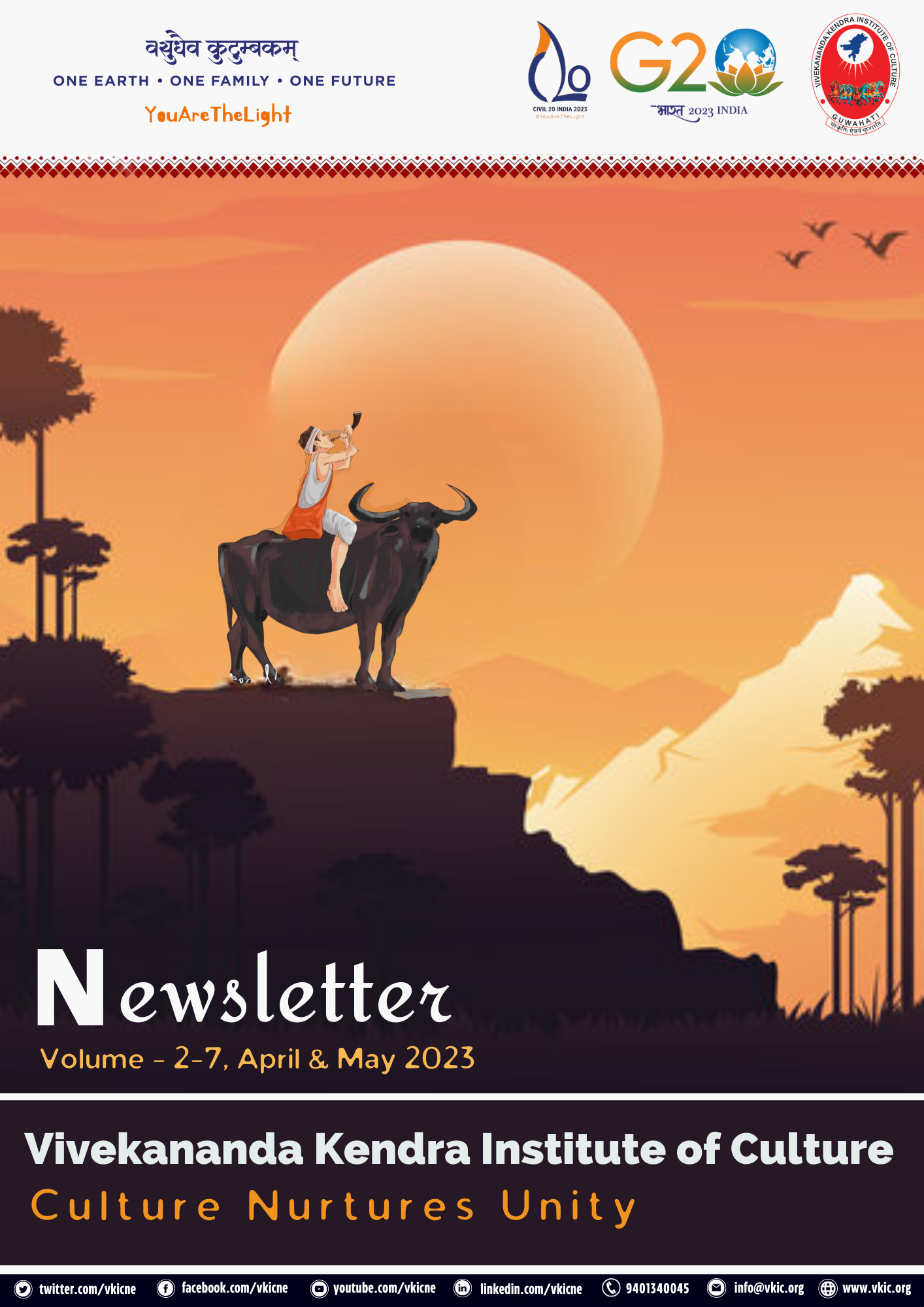Book Summary on Tradition System of Northeast India: Pasighat Seminar
Traditional Systems of North–East India: Change and Continuity (Arunachal Pradesh) is a compilation of seminar research papers of first-hand information of the Galo community. They revealed many new facts hitherto unknown to the people in general.



